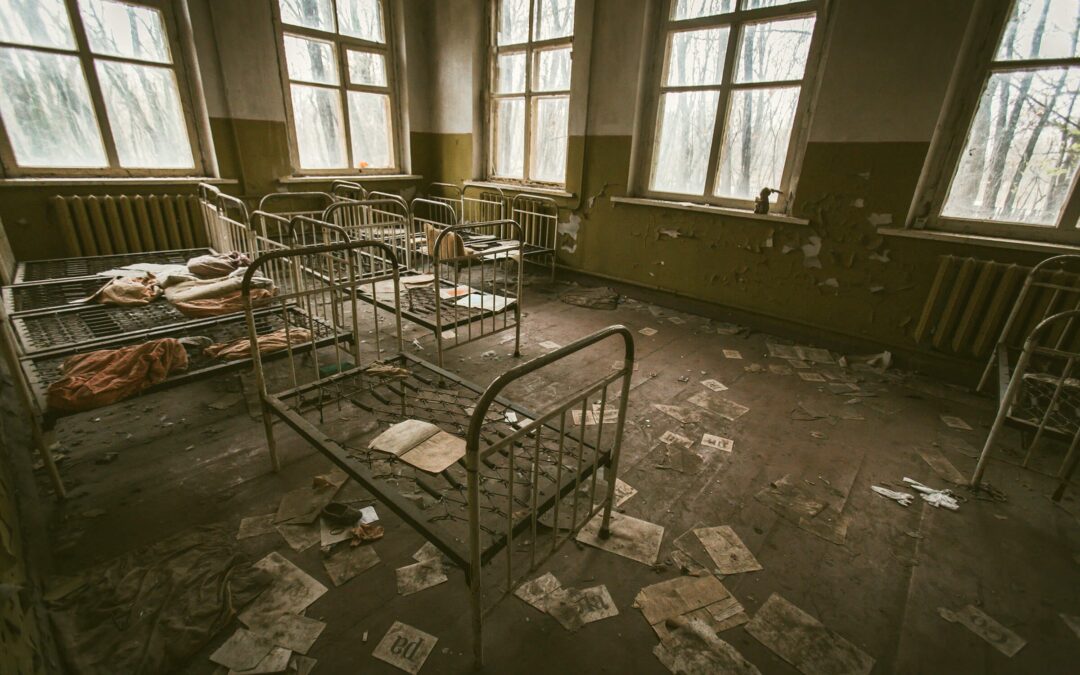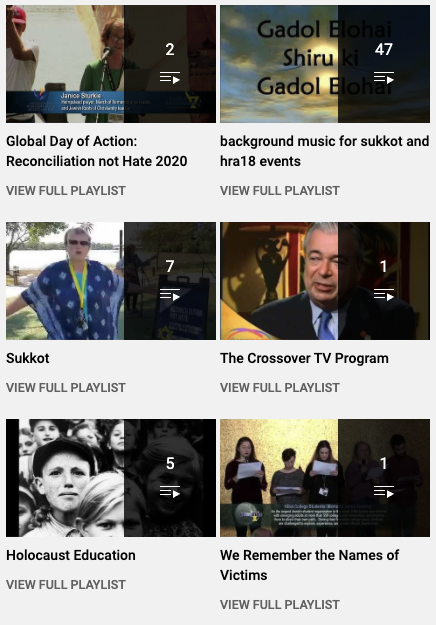by Christine Ege
In the wake of World War II and the liberation of the remaining concentration camp prisoners, the evidence of unspeakable atrocities committed by the Nazis could no longer be hidden. The world was collectively shocked and horrified at the plight of those who had somehow managed to survive.
However, freedom was bittersweet. Author Dr. Susanna Kokkonen addresses the impact of liberation in the ninth chapter of her book, Journey to the Holocaust. As she so aptly observes, “Joy was simple and easy only to those who were able to return to their old lives. Some were now free, but others only freed” (p.259). Liberation and the end of the war presented a complex array of challenges, as the Allies “had no idea of the true magnitude of the problem” (p. 260).
In many instances, people displaced by war and captivity could not simply return home. The homes of some had been appropriated by strangers. Many found their towns and villages decimated by bombs or destroyed by on-the-ground violent combat. Those who had been forcibly separated from family members had no idea who had perished or who had survived. Although a myriad of challenges confronted every camp survivor, the Jewish survivors, in most cases, found themselves in an untenable position with nowhere to go and no one to go with them. They were homeless, isolated, completely disconnected from family, home, and community. From the perspective of our overly networked world today, their predicament is nearly incomprehensible.
To make matters worse, the end of the war did not herald the end of antisemitism – the root of the problem that fueled the Nazis’ Final Solution for eradicating the Jews. The demise of the Nazi regime did not purge antisemitism from the hearts of men and women in Europe. Jewish people still found themselves marginalized and targeted, as evidenced by post-war pogroms in Poland and discrimination in their new-found communities.
The birth of the State of Israel in 1948 provided a homeland for the homeless and the promise of a future for about 1.5 million Jewish Holocaust survivors who found refuge in the newly established nation (p. 262). Nonetheless, the issue at the root of the problem remained and remains unresolved, as contemporary statistics continue to demonstrate rising numbers of anti-Semitic acts of violence. Moreover, Dr. Kokkonen points out that, “To Christian churches, the birth of the State of Israel and the return of the Jews to their homeland has been a tough pill to swallow, as it completely silenced the talk which implied that Christians had replaced Israel in God’s plans” (p. 273).
The fact that Jews and Christians worship the same God — the God of Abraham, Isaac, and Jacob –, and that the Christian Messiah is a Jew should provoke some critical introspection. Perhaps we could all learn a lesson from the heinous crimes against humanity perpetrated during the Holocaust – against several marginalized people groups, but certainly most vehemently and consistently against Jews – and examine our own hearts for traces of the antisemitism that fueled the actions we are so eager to condemn but prefer to forget.

